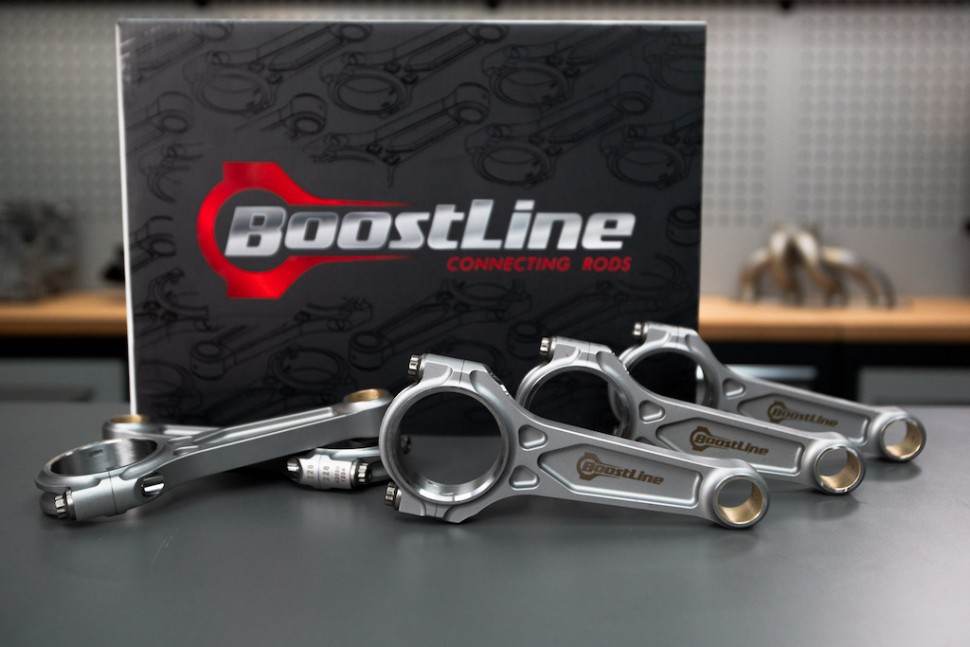| 00:00 |
- In this upcoming set of modules, we're going to be taking a deep dive into the analysis of braking.
|
| 00:06 |
While we did touch on how to use some brake temperature sensors in our advanced sensors section, now it's time to focus on using brake pressure sensors.
|
| 00:15 |
The sensors required to measure brake pressure are quite specific due to the high fluid pressures in a braking system.
|
| 00:21 |
The requirements of each braking system will be different but pressures are typically in the thousand PSI range.
|
| 00:28 |
The sensors are usually plumbed into the system using a T piece which in principle can be added anywhere in a hydraulic system between the master cylinder and the brake callipers.
|
| 00:39 |
However in practice the most common place to connect to the hydraulic system is as close as possible to the master cylinder.
|
| 00:46 |
This typically helps with packaging and keeps the sensor in a place where it's unlikely to get damaged.
|
| 00:52 |
Regardless, it's critical that all fittings and components you use to add brake pressure sensors are rated for the appropriate pressure and brake fluid you're using.
|
| 01:03 |
How you analyse your braking data will depend on what your sensor arrangement is.
|
| 01:07 |
At the most basic level, making use of a brake light switch that senses when the pedal is pressed is possible.
|
| 01:15 |
While this can be used to tell you the point where the brakes are first applied, there's no other meaningful analysis that's possible.
|
| 01:22 |
What I would consider the absolute minimum for braking analysis is a single brake pressure sensor plumbed into the system.
|
| 01:28 |
This gives us a useful way to measure the amount of pedal effort being used by the driver which is often what we're primarily interested in.
|
| 01:37 |
The most common layout in a motorsport application is to use one pressure sensor on the front and one on the rear hydraulic ciruit.
|
| 01:45 |
Not only does this give us a measure of the pedal effort being used by the driver, but also a way to measure the relative front to rear pressure.
|
| 01:52 |
If the brake bias is adjustable, it is critical to be able to measure the pressure in both the front and rear circuits.
|
| 02:00 |
It is also possible to have 4 pressure sensors.
|
| 02:02 |
One for each corner of the car, one common place you'll find this is in OEM systems designed for use with anti lock brakes and active stability control.
|
| 02:13 |
This allows for some feedback to the relevant electronic controllers to vary the applied brake pressure to each corner of the car as required.
|
| 02:20 |
At this point, it's worth mentioning here that there are different ways that the hydraulics can be plumbed, particularly in OEM applications.
|
| 02:29 |
Generally, a braking system will be split into two separate circuits.
|
| 02:34 |
In OEM applications, this is done for some redundancy in case of a hydraulic leak.
|
| 02:38 |
In some cases, the corners of the car will be connected diagonally so the front left and the rear right would be on one circuit and the front right and the rear left on the other.
|
| 02:49 |
The idea is that if there's a hydraulic leak in one of those systems, one front wheel will always be available to help slow the car.
|
| 02:57 |
In other cases, and particularly in motorsport applications, the hydraulics will be separated into front and rear circuits.
|
| 03:04 |
Arranging the system like this gives us a chance to vary the relative pressure between both circuits for performance reasons.
|
| 03:12 |
Making adjustable brake bias possible.
|





